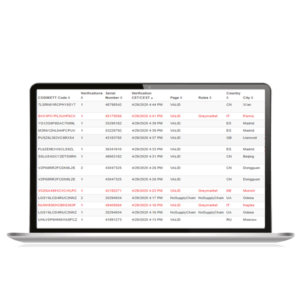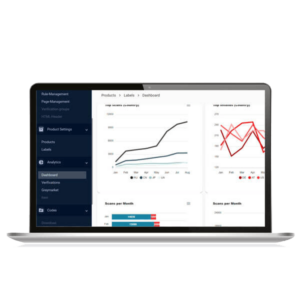Counterfeiting and product diversion are widespread problems affecting all industries. In 2019, counterfeit goods made up 2.5% of global trade and 5.8% of EU imports, with the numbers expected to rise. Both issues harm manufacturers, retailers, and consumers. Product diversion, the unauthorized distribution of authentic products to unintended markets, also creates risks, as these goods may be mishandled, tainted, or diluted.
The rise in counterfeit and diverted pharmaceuticals poses serious health risks, including severe injury and death, while also damaging brand integrity and consumer trust. The industry, generating €400 billion annually, leads to patients receiving ineffective or harmful medicines, compromising safety and trust.
The surge in online shopping, driven by e-commerce growth and COVID-19, has fueled this problem, with fraudulent pharmacies and counterfeit products infiltrating the supply chain. High demand for drugs like Ozempic, exacerbated by shortages, has further encouraged counterfeiting.
To combat counterfeit and diverted pharmaceuticals, organizations must adopt a multi-faceted strategy. Key measures include product serialization, which assigns unique identifiers for tracking through the supply chain, making unauthorized distribution harder to conceal. Tracking and tracing technologies further allow manufacturers to monitor the movement of goods in real-time, aiding in the swift identification of counterfeits.
Advanced solutions using AI and machine learning (ML) can enhance the detection of counterfeit products by comparing high-resolution images of genuine products with those under suspicion. Training systems to recognize defects or anomalies can help consumers identify counterfeits by uploading photos for comparison.
Education is a critical component, with brands needing to train staff and inform patients about the risks and signs of counterfeit and diverted drugs. Patients should be encouraged to purchase medications from trusted sources and learn to recognize warning signs in online pharmacies.
A comprehensive approach that integrates people, processes, technology, and education, along with industry collaboration, is vital to ensure consumer safety, maintain brand loyalty, and protect revenues.






























